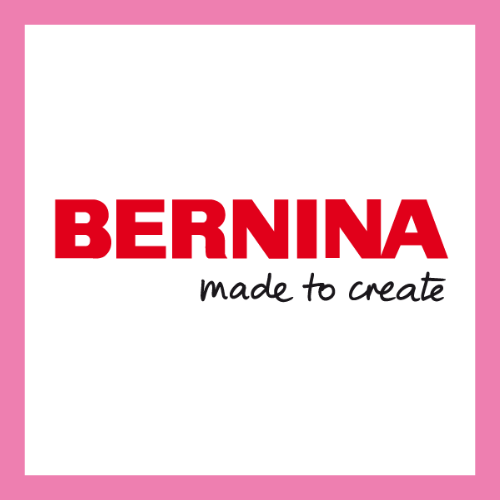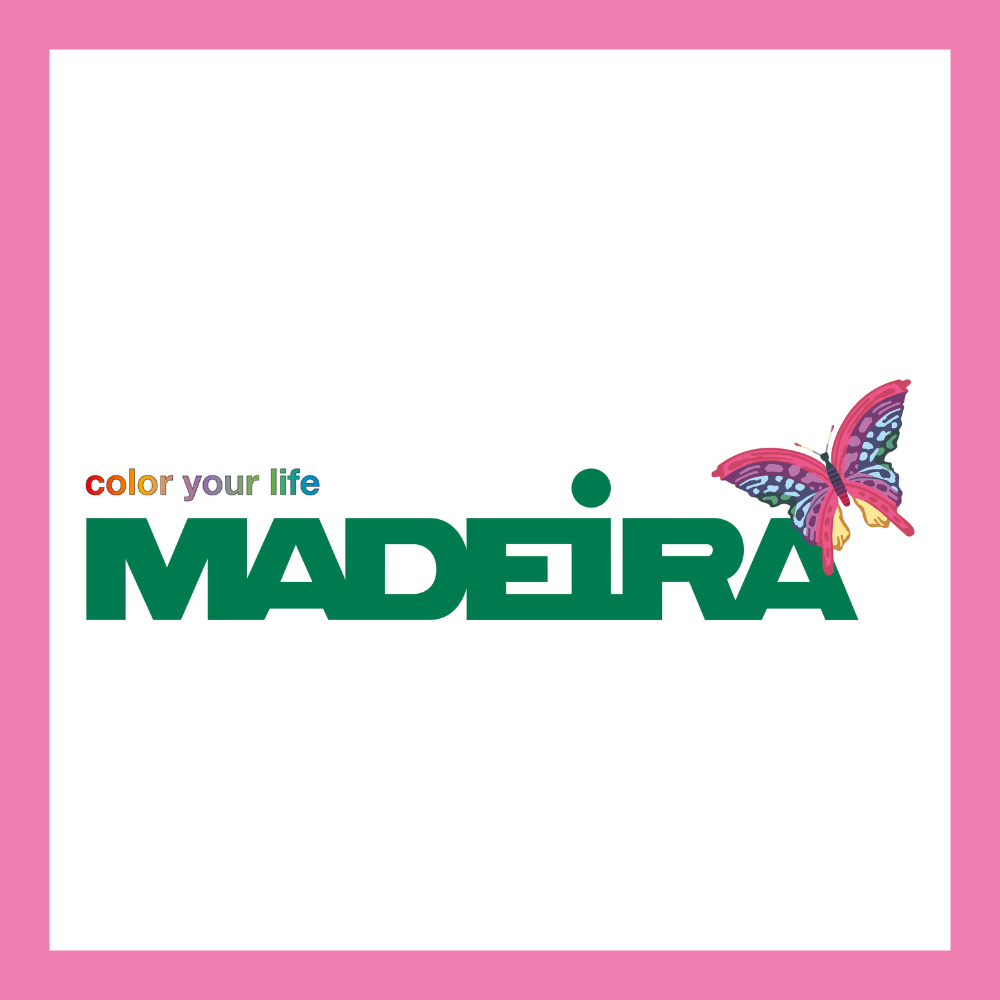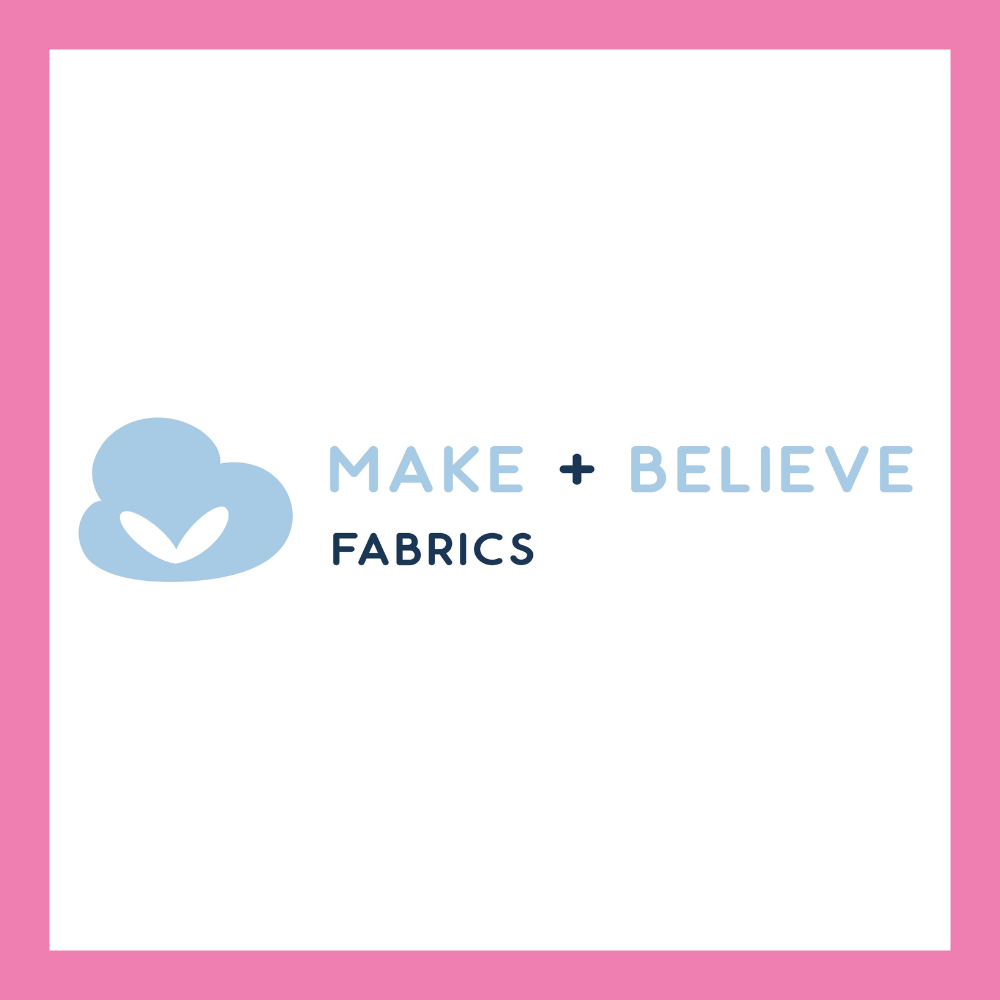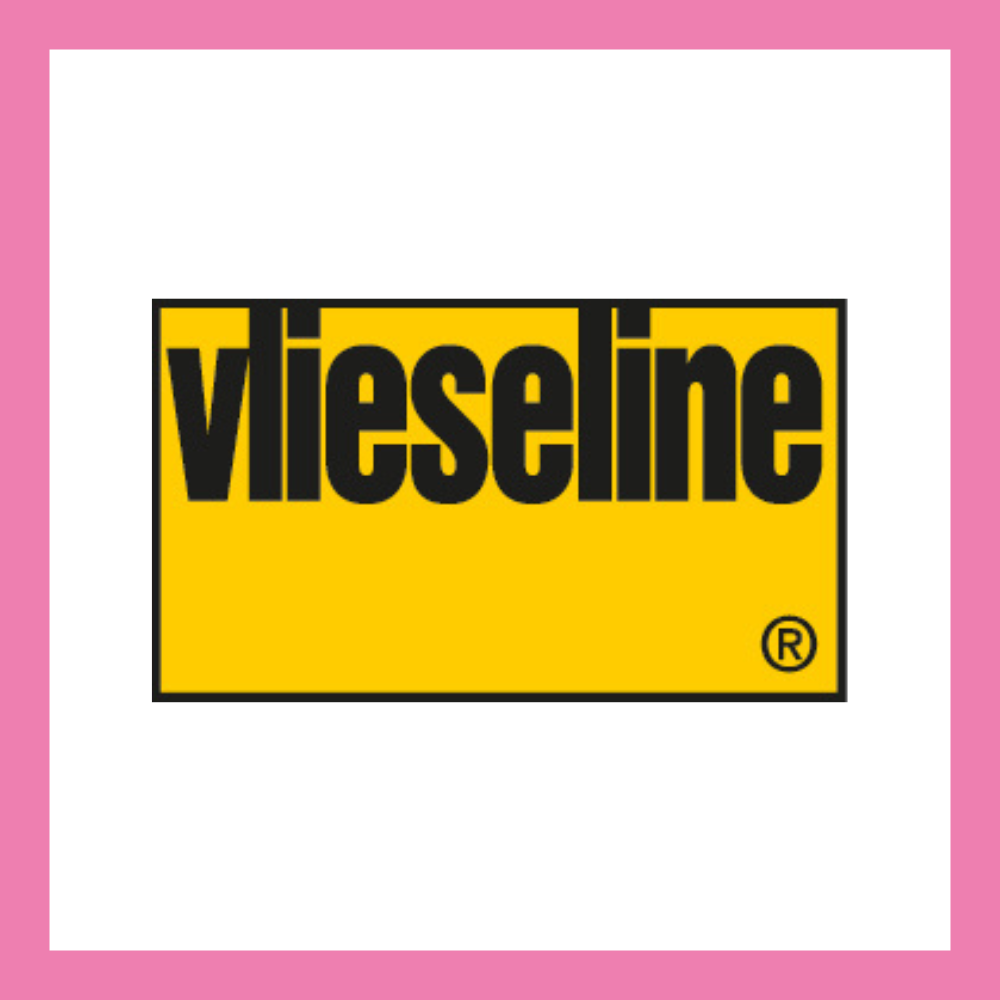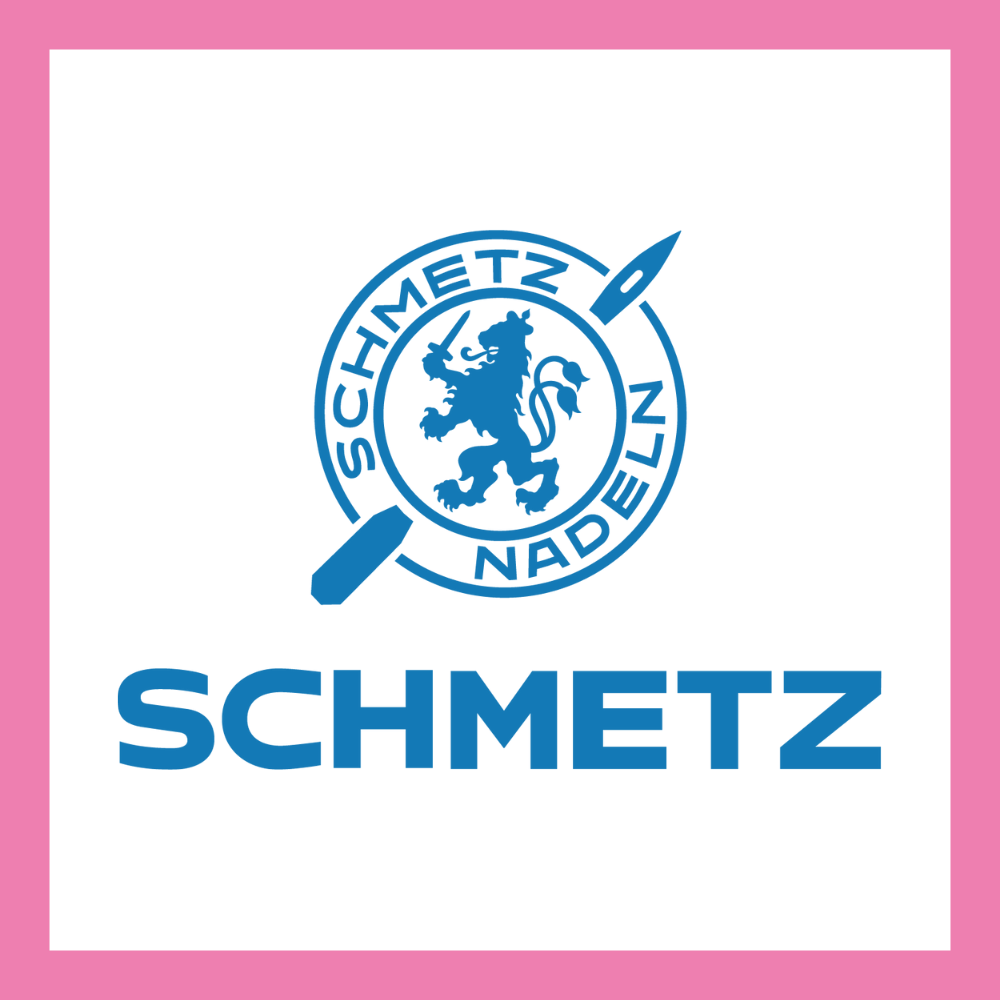Taking photos of stitched textiles if you are not a professional photographer can be daunting. The below offers some guidelines and advice to help you.
We advise you to provide the best possible images of your textiles/quilt as the public will vote on your quilt based on this image in the Visitors Choice Award!
How many photos to take
To enter the competition you must upload a minimum of ONE photograph (of the whole quilt) via the Entry Form.
We therefore advise:
• One full photo of the piece of work (not behind glass) and preferably on a white background so edges and borders can be seen.
• If you wish to, you can also provide additional images to show the detail – an interesting section of the work or some fine detail that shows the piecing, applique, stitch detail, borders, edges and the use of embellishment – the different materials that might add dimension.
Image size
It is important to have as high a resolution as possible for images. ‘High resolution’ means high quality and resolution is generally measured in DPI (dots per inch). If your image is high resolution means it will be crisp and not pixelated. For print publication, the minimum DPI is 300.
Images of 300dpi would usually be a file size of around 1-2mb.
File Type
The best format for images for the Virtual Competition is Jpeg. You could save your images as Tiff files but these tend to be far larger and may be slower to upload, so we recommend you save them as Jpegs.
Which camera/device to use
Having a camera that will take images over 5mb is best. The lower the MB (megabyte) the lower the dpi – or dots per inch. Usually basic compact cameras (also sometimes called point and shoot cameras) will give 72 or 180 dpi when camera is set on the highest, finest image.
• A Smartphone camera can take good quality images – some of the latest mobile phones will take very high quality photos of up to 12mb making them a good choice.
• Compact digital cameras go up to 20mb. They will have some zoom capacity and the potential (in settings) to add exposure or light the surface with a flash.
• DSLR cameras generally provide a better integral glass lens, can offer over 20mb per image and has the facility for add – on lenses (macro, telephoto etc) in addition to more control in light and speed settings, finer focus and also a built-in flash to brighten the image. Both compact and DSLR cameras can also take very good pictures on the basic AUTO setting.
All three types can be adapted for use with a tripod which will allow for a perfectly stabilized photo.
Whatever you use – a phone/camera, a compact digital camera or an Digital SLR style camera it is possible to get quite good shots.
Photographing wall-hangings
To achieve the best possible results, it is advisable to hang your work as it would be seen in a gallery space, from a batten.
• We advise sewing a sleeve onto the top AND bottom of the quilt, inserting a batten into each so it hangs flat. The bottom sleeve can be narrower, to weight the piece and to avoid ripples. The two battens will help to stabilizes the work for photography.
• Where possible the top batten would be screwed to a wall / fence or temporary structure to be photographed. The ideal would be a white wall.
• It is important to photograph the piece when it is hung vertically (rather than lying flat), so you could even ask someone to hold the quilt, hiding behind it, while it is photographed.
• If this is not possible we advise you to find an alternative means of hanging the quilt. A washing line could be possible (if you can hide the pegs and there is no wind).
• We do not advise laying large quilts on the table / floor to photograph as the angle will be distorted and the you will not do the work full justice.
• Smaller work could be photographed from a ladder above the piece, while the backing cloth and textile piece are flat on the ground to get a full flat image. However vertical hanging is usually the most effective method.
Photographing three dimensional pieces
• A display stand/area will need to be created – similar to the way it might appear in a gallery. If you don’t have a plinth, boxes covered with white cloth could work but ensure there is nothing in the background.
• Wearable art would need also to be photographed as it would appear in an exhibition, so an appropriate mannequin might be used.
• Suspended work will be more difficult to photograph at home, but we advise you to replicate a gallery setting as best you can.
Lighting
Good lighting is important when photographing textiles and we advise taking photographs during the day to use natural light where possible.
The best place to photograph your work is outside – on a bright hazy or cloudy day for natural light.
Direct sunlight can wash out colour and detail so on a sunny day, it’s best to use an area / wall in light shade.
Using a Flash
Even outside it might be good to try several photographs with a flash as this will also brightens the image. Try using a flash at different distances so the lighting is as even as possible.
If you need to shoot your work inside, a white background or wall is even more essential.
Lighting settings in cameras will accommodate for tungsten or bulb (warm lighting), and you could also use the flash at a distance, keeping the light source as even as possible.
Initially your image might not be as bright and light as it should be but the colour will be natural and it can be lightened with basic photo editing software on the computer.
Taking photos
• It’s important to be steady and balanced when taking your shots to avoid blurring. If you have a tripod it’s advisable to use one.
• Take a number of different images to ensure you get a best shot (full piece, a large section, detailed sections, and angled shots). Once you see them on the computer you may find some images slightly out of focus so more to choose from is best.
Remember to take some with flash to compare the effect.
Photo Editing software
• Most computers and hand-held devices have built-in software to allow you to edit your images.
• Photoshop Elements is one of the best-known pieces of software for PCs and MACs but you may have to pay for the license. Photoshop will allow you to resize the jpg to 300dpi which is the requirement for any images that will be printed.
• https://pixlr.com/ is a great piece of free software for editing and re-sizing images. It will allow you to adjust the light and colour of your photos, enhance the brightness and contrast, sharpen the image and re-size it, crop it and more.
Submitting your images
The entry form will ask you to upload up to four images as part of your application but ONE is required as a minimum. If your files are too large, you may experience difficulty uploading them so we suggest uploading files of between 1-3mb.
If your photos are larger than this, try reducing the file size. Photoshop or Pixlr will help you to do so, or try searching on Google for ‘reduce my jpeg’.

